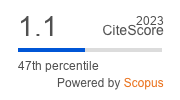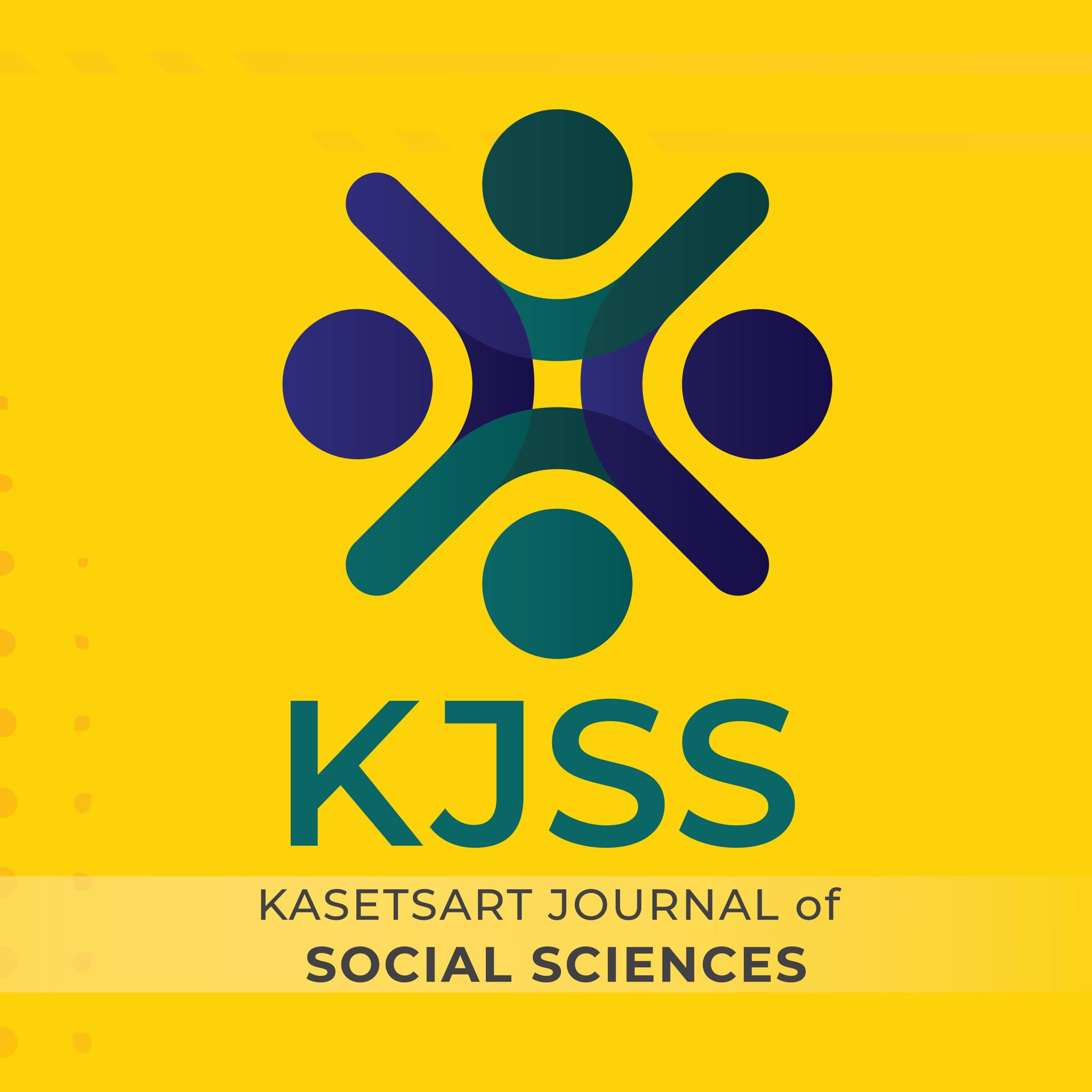Applications of Structural Equation Modeling (SEM) for entrepreneurial intention at the Manabí Technical University (UTM)
Keywords:
entrepreneurship, intension HEI, scale validation, SEMAbstract
This research addresses the entrepreneurial landscape in Ecuador, specifically focusing on the students of the Faculty of Administration and Economics at the Technical University of Manabí (FCAE-UTM). The Technical University of Manabí (UTM) recognizes the importance of understanding the entrepreneurial intentions of its students. To address the uncertainties surrounding the university’s role in entrepreneurship, this research aims to explore the entrepreneurial intentions of current UTM students. The primary objective is to examine the components influencing these intentions and construct a Structural Equation Model (SEM) that
aids UTM authorities in understanding and measuring entrepreneurship learning needs. Drawing on a literature review, the study integrates insights from various models, including the Theory of Planned Behavior (TPB) and the Entrepreneurial Self-Efficacy (ESE) scale. It adapts and validates the ESE scale, identifying six dimensions crucial for entrepreneurial success. Methodologically, a structured questionnaire, based on a prior study, was administered to 1105 virtual education students at FCAE-UTM. Principal component analysis and SEM techniques were employed for data analysis. Results reveal six main components: Entrepreneurial
Intention, Entrepreneurial Self-Efficacy, Entrepreneurial Attitude, Information from Relevant Others, Support for Entrepreneurial Training, and Structural Support. The SEM model demonstrates a robust fit, indicating two pathways influencing entrepreneurial intentions: one through entrepreneurial attitude, supported by training and information, and the other through increased entrepreneurial self-efficacy, primarily influenced by structural support.
Downloads
Published
How to Cite
Issue
Section
License
Copyright (c) 2025 Kasetsart UniversityThis is an open access article under the CC BY-NC-ND license http://creativecommons.org/licenses/by-nc-nd/4.0/








